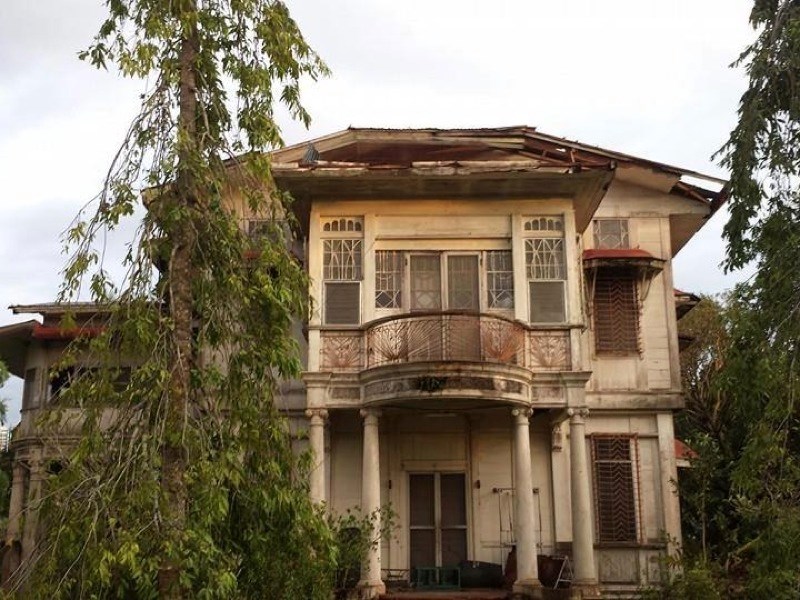Nearly a dozen Athabasca residents with Filipino background have family or friends overseas who were affected by Typhoon Haiyan, which devastated the Philippines Nov. 8.
Nearly a dozen Athabasca residents with Filipino background have family or friends overseas who were affected by Typhoon Haiyan, which devastated the Philippines Nov. 8.
"They're having a hard time to get into the affected areas because the Philippines are composed of more than 7,100 islands," said Athabasca resident Rod Cunanan, who is originally from the Philippines.
"The first couple of days after the storm were the most terrifying: no power, no communications, no nothing," said Cunanan, who said he has identified nine in the Town of Athabasca Filipino community whose families have been affected.
In the days immediately following the news, Cunanan said the Athabasca Filipino community banded together with mixed emotions and "learned to trust the greater power" as they tried to make contact with their families back home.
The Filipinos back home "need shelter, warm clothing, food and water, and they have none," said Cunanan.
Justin Ramos is from the city of Cadiz, located in the province of Negros Occidental in the Philippines, and has lived and worked in Athabasca since 2009.
He is the youngest of 10 siblings. Two brothers live in Cadiz and were affected by the typhoon.
"You're kind of helpless, because you're here, and your family back home is too far away, and you try to help them, and it's very limited (what you can do)," said Ramos.
"The establishments have been wiped out," Ramos said of the aftermath in Cadiz.
Ramos said half of his mother's home was destroyed.
"It's devastating, because our house was built before World War Two; it's an ancestral home, so it was built in 1936, before the war. That house belonged to my grandparents, and my mom inherited it, and it has seen better days," said Ramos.
"That's where all my brothers and sisters grew up, and my cousins," he said.
Despite the roof having collapsed, ceilings falling down, and the windows being blown away, Ramos said his family home is still repairable.
"Houses can be rebuilt, but not homes," he said, acknowledging others who lost everything in areas such as Tacloban, Cebu and Samar.
Approximately 13 million people were affected by Typhoon Haiyan, leaving about 3 million people displaced, according to the United Nations Office for the Coordination of Humanitarian Affairs. More than 3,600 people were killed.
Athabasca Filipino resident Jason Sibug's family in the town of Tolosa, Leyte (south of Tacloban) wasn't so lucky.
Most of his family was able to move to the east coast prior to the typhoon landing, but his sister's in-laws did not move and were killed as a result.
His sister lost her home in Tanauan but survived.
"I was thinking in the first place of going back, but how can I help them? How can I help them? I'm not a doctor. I can just do stuff like (moving things around), but we have to be wise sometimes," said Sibug. "I stay here, I work, whatever I've got, I send you all."
Sibug couldn't reach his family for nearly a week after the typhoon hit and had to piece together scattered information from friends of friends.
"The whole school is gone, like nothing, so how can I imagine, when I don't have any contact with my family, it's like, 'Oh, no! Where are they?'" said Sibug.
Sibug arrived in Athabasca four months ago, when he started working a two-year contract in the auto department of Canadian Tire. Every dollar he can spare working 40 hours a week he sends back to his family.
"(My family is) living an area where they don't live in the city itself. The contact is very hard, and especially right now," said Sibug.
Ramos said Friday that even a week after the typhoon, the rebuilding process has not even begun; people on the ground are still assessing the extent of the damage, and rebuilding could take months.
"We are very thankful for the support of the international communities, their donations, help and humanitarian assistance to the Philippines, though most if it is focused on Tacloban City," said Cunanan, who said he is looking at ways of raising money in town to help those affected.
"We know, as a group, that every bit of help counts, especially (in) these tough times," said Cunanan.
